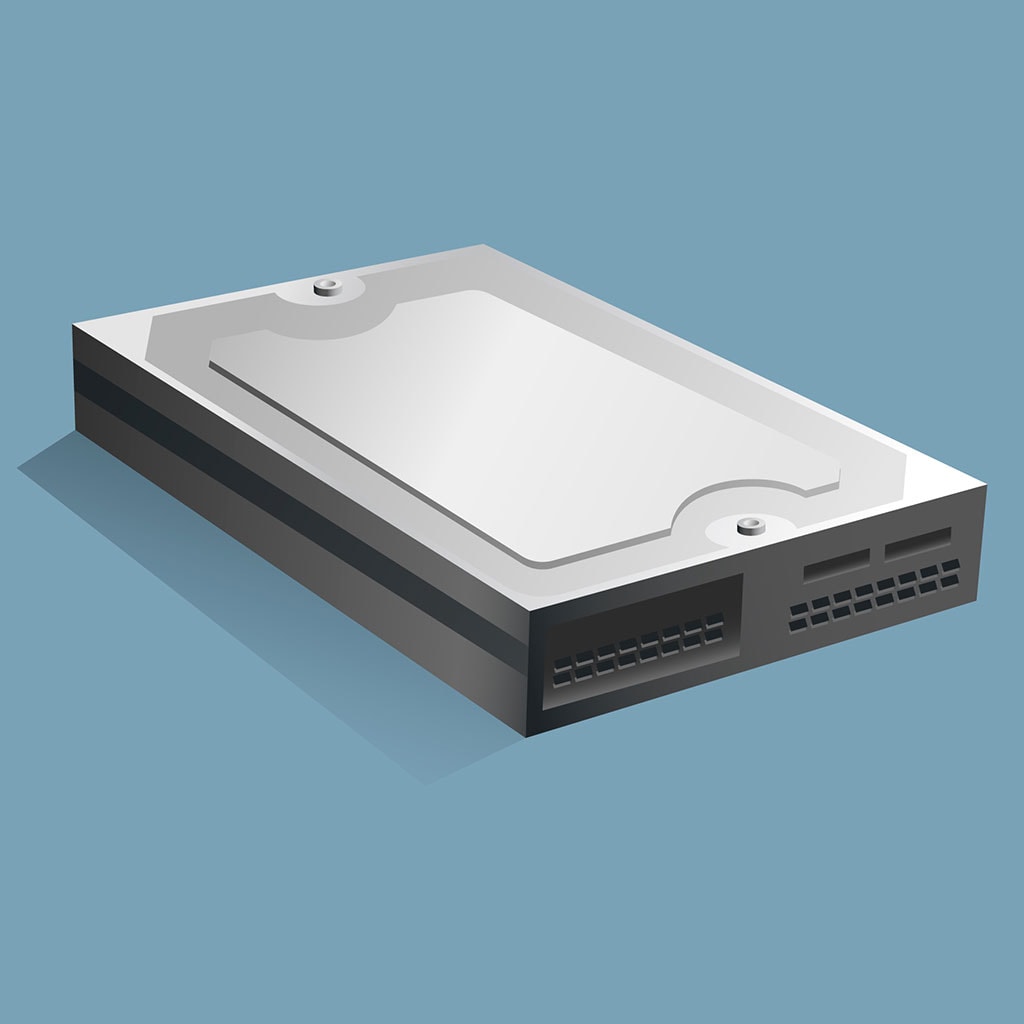How Much SSD Do I Need on a Macbook Pro?
How Much SSD Do I Need on a Macbook Pro?
Finding the Perfect SSD Capacity for Your MacBook Pro. Discover the factors to consider when determining the ideal SSD size for your MacBook Pro, ensuring you have enough storage to meet your needs without overspending on unnecessary capacity.
Unleash the power of Storage on your Mac!
Storage on a Mac is the permanent hard drive where data such as videos, images, and programs are stored for safe-keeping. When you purchase a Macbook, you can expect to see something like “512GB SSD storage” listed in the specs. SSD stands for Solid State Drive and this type of hard drive is faster than traditional HDDs and comes with shock resistance. Though an advertised capacity for an SSD may sound very big, it will usually be smaller once it is formatted due to its firmware reserving some of the space on the drive.
If you ever wanted check how much storage your Mac has or what kind of hard drive it uses, there’s an easy way to do so – just open your Apple menu in the top left corner of your display, select About This Mac and click the Storage tab. There you will find all the information about your device’s memory capacity and type. Knowing this important information can help optimize performance and keep your device running smoothly by avoiding maximum storage utilization.
How Much Ssd Do I Need on a Macbook Pro?
Determining the right SSD capacity for your MacBook Pro depends on your individual needs and usage patterns. Consider factors like data storage requirements, app usage, media files, and future needs. While larger SSDs offer more room for expansion, they can be costlier, so striking the right balance between performance and budget is crucial.
1. Evaluate Data Storage Requirements: Assess your data storage needs, including the size of files, documents, and projects you regularly work with. If you primarily use lightweight applications and store minimal data, a smaller SSD like 256GB or 512GB might suffice. However, if you handle large multimedia files, require ample space for professional projects, or need to run resource-intensive applications, a larger SSD, such as 1TB or more, might be appropriate.
2. Consider App Usage and macOS: Factor in the size of the macOS itself and the applications you frequently use. macOS typically occupies around 20-40GB of space, depending on the version. If you use resource-heavy apps, like video editing software or virtual machines, they can consume significant storage. Ensure your SSD has enough capacity to accommodate both the operating system and your essential applications without being too constrained.
3. Future-Proofing and Longevity: When deciding on SSD capacity, consider your future needs. As time passes, software updates and larger files may require more storage. Opting for a larger SSD provides room for growth and ensures the MacBook Pro remains viable and high-performing for an extended period.
4. External Storage Options: If you anticipate needing more storage space occasionally but prefer not to invest in a larger internal SSD, external storage options can be practical. USB-C or Thunderbolt 3/4 external SSDs or hard drives provide additional storage and are suitable for archiving infrequently accessed files or media libraries.
5. Balance Performance and Budget: While larger SSDs offer more convenience and room for expansion, they can be more expensive. Balancing performance and budget is essential to avoid overpaying for unnecessary capacity. Assess your storage requirements realistically and choose a capacity that suits your needs without overspending.
6. Cloud Storage Services: Utilize cloud storage services like iCloud, Dropbox, or Google Drive to offload files and free up space on your MacBook Pro. Cloud storage is particularly useful for storing files that you don’t need constant access to and helps optimize SSD usage.
7. Analyze Usage Patterns: Carefully analyze your usage patterns and habits. If you often delete or transfer files to external storage, a smaller SSD might be sufficient. However, if you prefer keeping most of your data on the internal drive for instant access, a larger SSD would be more suitable.
Trying to decide between a MacBook Pro with 512GB or 1TB?
When considering purchasing a MacBook Pro, one of the decisions you must make is whether to get the 512GB or 1TB version. This decision depends largely on how you will use it and your storage habits. If you’re a professional video editor or animator, for example, then it’s best to go with the 1TB variant. The extra storage space will allow for high quality slow motion effects or special effects without having to deal with compromising on performance due to lack of disk space.
On the other hand, if you’re just a casual user and do data cleanups often, then the 512GB version may be a better option. While it might cost slightly less than buying a bigger model, it should provide plenty of storage particularly if you back up your files regularly. Buying more storage than need can be an expensive mistake so always be sure to consider your current and future needs before making a purchase decision.
Conclusion
In conclusion, determining the right SSD capacity for your MacBook Pro involves considering your data storage requirements, app usage, future needs, and budget constraints. A balance between performance and cost-effectiveness is crucial to ensure you have enough storage without overspending. Careful evaluation of your usage patterns and consideration of external storage and cloud options can further optimize your SSD choice, allowing you to get the most out of your MacBook Pro.





You must be logged in to post a comment.